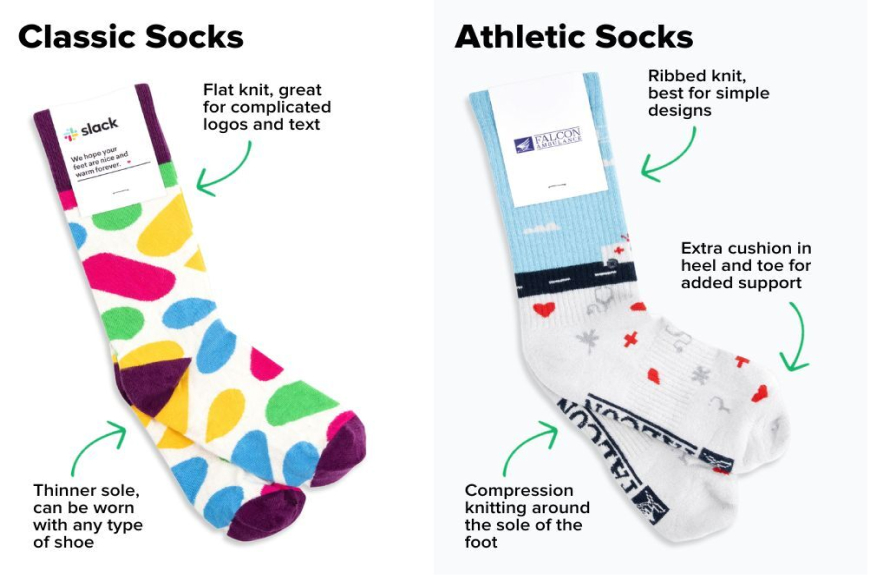Blisters can be a painful nuisance, especially for those who lead active lifestyles or wear ill-fitting shoes. Whether you're an avid hiker, a runner, or simply someone who experiences occasional foot discomfort, knowing how to treat blisters effectively is essential. In this blog post, we'll explore expert tips and remedies to help you manage and prevent blisters, ensuring your feet stay comfortable and healthy.
Understanding Blisters
Blisters are small, fluid-filled pockets that form on the skin, often due to friction or irritation. They commonly occur on the feet, hands, and other areas prone to rubbing. While blisters can be uncomfortable, they serve a protective purpose, creating a cushion between damaged skin and the source of irritation.
Prevention is Key
The best way to deal with blisters is to prevent them from forming in the first place. Wearing proper footwear is crucial, especially if you're engaging in activities that put stress on your feet. Ensure your shoes fit well and provide adequate support. Additionally, using high-quality sock liners can significantly reduce friction and moisture, two primary causes of blisters.
Immediate Care for New Blisters
If you notice a blister forming, take action immediately. According to experts, applying a protective covering, such as moleskin or a specialized blister bandage, can prevent further irritation. Avoid popping the blister if possible, as this can increase the risk of infection.
Treating Opened Blisters
Sometimes, despite our best efforts, blisters may open. In this case, gently clean the area with soap and water, apply an antibiotic ointment, and cover it with a sterile bandage. Change the dressing daily and monitor for signs of infection, such as increased redness, warmth, or pus.
The Role of Proper Socks
Investing in quality socks can make a significant difference in blister prevention. Moisture-wicking materials and seamless designs can reduce friction and keep feet dry. For those with specific foot health concerns, diabetic socks offer additional benefits and protection.
Natural Remedies
Some people find relief from natural remedies. Aloe vera gel can soothe irritated skin, while tea tree oil has antimicrobial properties that may help prevent infection. However, always consult with a healthcare professional before applying any home remedies, especially if you have open blisters.
When to Seek Medical Attention
While most blisters can be treated at home, there are instances when you should seek medical attention. If you notice signs of infection, experience severe pain, or have blisters in unusual locations, it's best to consult a healthcare provider.
Long-Term Prevention Strategies
Developing a long-term strategy for blister prevention is crucial for those prone to this issue. REI's expert advice suggests gradually breaking in new shoes, using foot powders to reduce moisture, and practicing proper foot hygiene. Regular foot checks and addressing any hot spots immediately can also prevent blisters from forming.
Wrapping Up
Treating and preventing blisters doesn't have to be complicated. By understanding the causes, taking preventive measures, and knowing how to treat them when they occur, you can keep your feet comfortable and blister-free. Remember, the right combination of footwear, socks, and foot care can make all the difference in maintaining healthy, happy feet.


